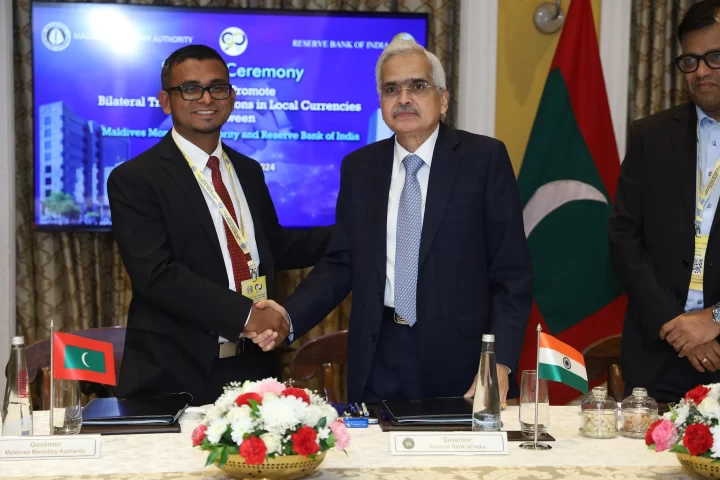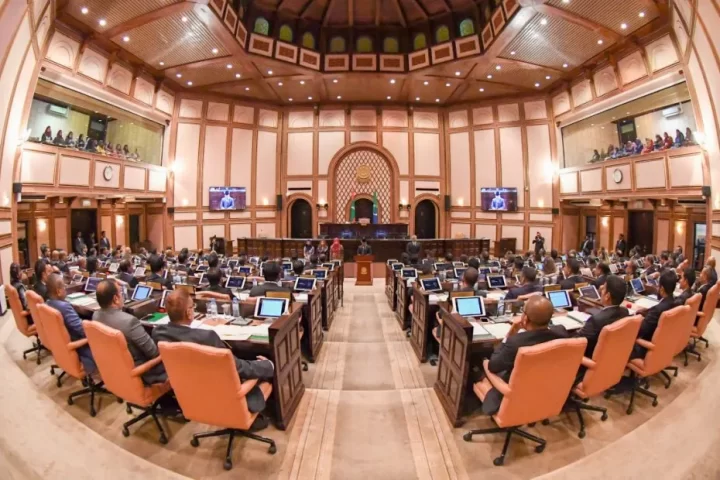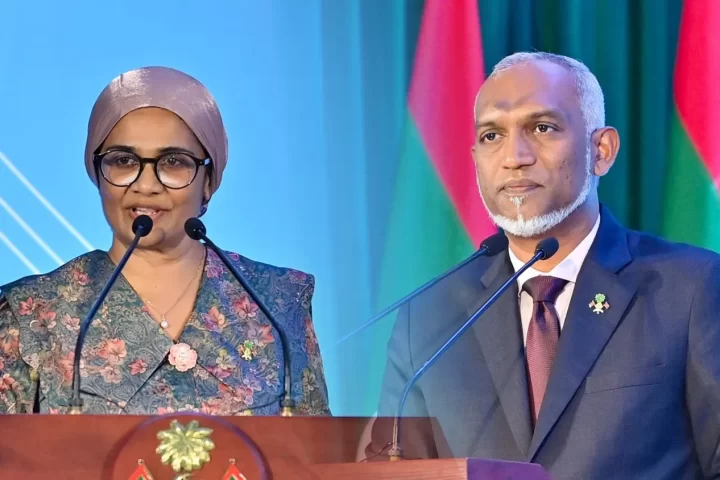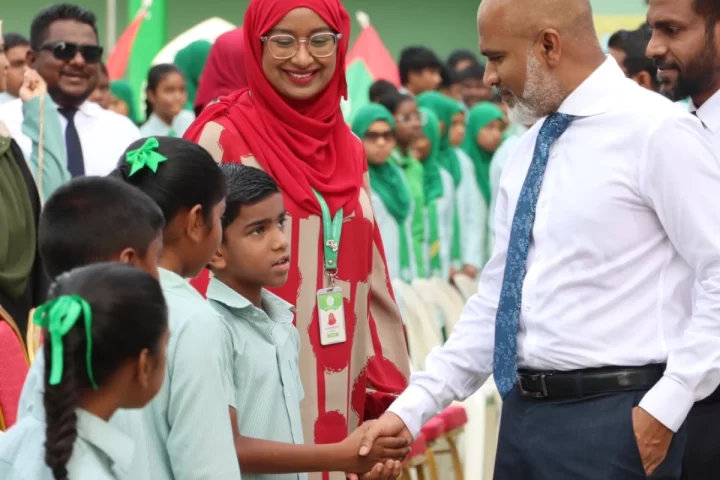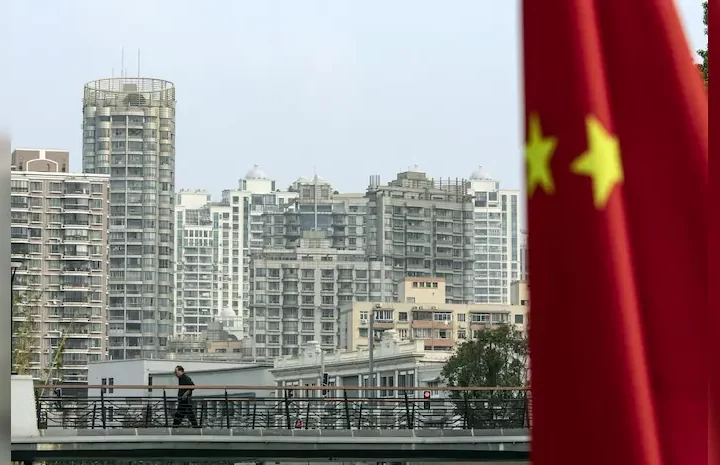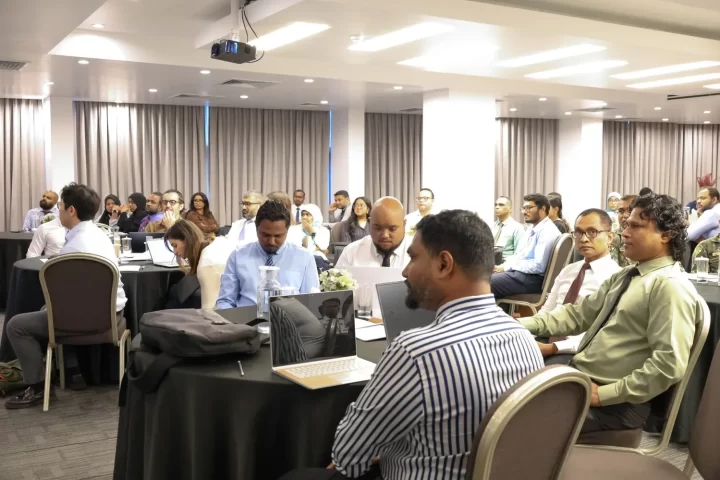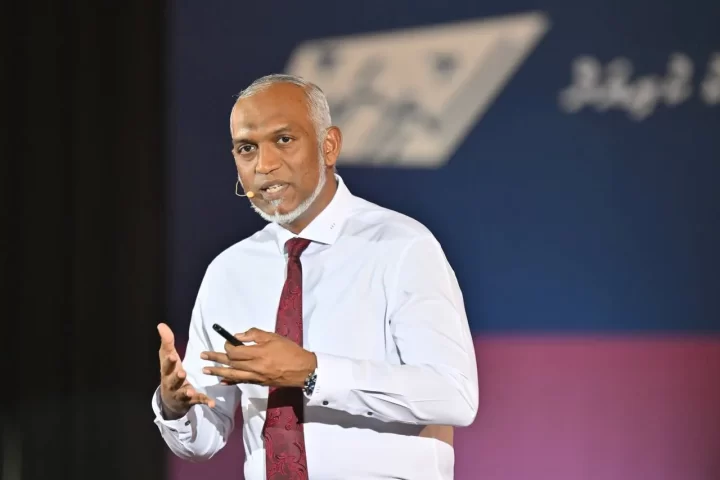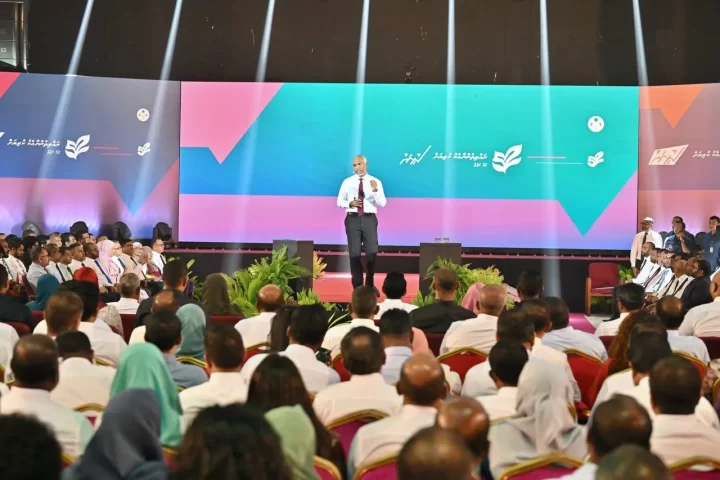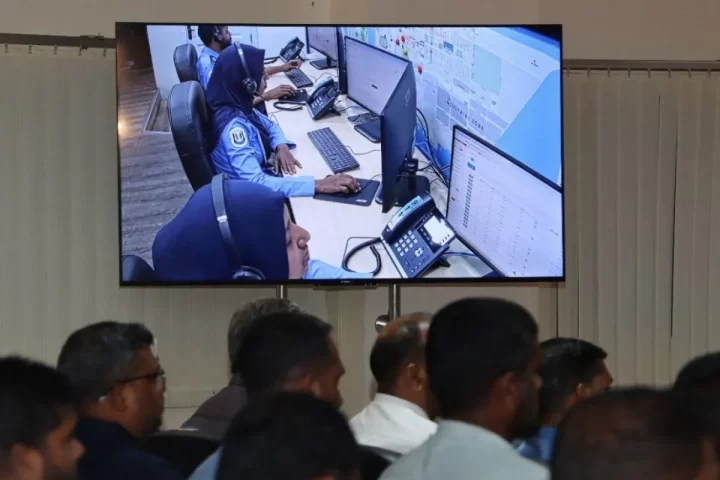MALÉ, Maldives — Churning waves and howling winds offered few clues about the fate of a small Maldivian vessel and its three-person crew who disappeared into the Indian Ocean during a relentless storm yesterday. But the mystery has reignited a broader debate about the tiny island nation’s air capabilities as it introduces drone technology from Turkey amid a longstanding reliance on Indian maritime aid.
The wooden Doni boat, identified as AAA37, was ferrying supplies from the industrial island of Thilafushi to a Maldivian resort on Friday afternoon when it fell off the radar in the turmoil of a powerful storm system. Despite a sprawling search mounted by a coast guard ship and a civilian aircraft, no trace of the missing vessel or its crew emerged over 24 hours later.
The high-stakes hunt has shed light on the shifting resources available to the Maldives, an archipelago threatened by rising seas and isolated in a far-flung chain of atolls. For decades, the Maldives has depended on India for maritime patrol aircraft equipped with gadgets and helicopters to conduct search-and-rescue missions across its 900,000-square-kilometer exclusive economic zone — an area larger than the island nation of Sri Lanka.
Now, that dynamic is being tested. After recent arms deals with Turkey brought armed drones into the Maldives’ arsenal, authorities have faced questions about deploying the unmanned aerial vehicles in the crucial search.
The Maldives National Defense Force (MNDF) has stayed mum. But military experts suggest the Turkish Bayraktar TB2 drones, while adept at surveillance and reconnaissance, may lack the full suite of capabilities needed to recover sailors in distress.
“Manned to unmanned. I don’t know what kind of excellence they possess in collating and analyzing the data that would be streamed by drones,” said Captain D.K. Sharma, a former Indian navy spokesman, highlighting the human expertise needed to properly operate such technology. “The Dornier had pilots, and they were aware of the situation and tasking.”
He further emphasized that drones are primarily for Intelligence, Surveillance, and Reconnaissance (ISR) and cannot perform Casualty Evacuations (CASEVAC), a critical aspect of search and rescue operations.
He was referring to the Dornier maritime patrol aircraft India has lent the Maldives alongside Dhruv helicopters. Indian advisers help Maldivian personnel on the planes and helicopters, which are equipped with sensors and infrared cameras to scan for wreckage and survivors. Most crucially, they can deploy life rafts and rescue teams — something drone operators sitting potentially miles away cannot do.
Still, supporters of the Maldives’ diversification in defense partnerships argue that layering unmanned systems can aid rescue efforts by scouring broader areas. The country’s push into drone deals marks a shift away from India and a deepening of ties with powers like Turkey and China that are muscling for influence across the Indian Ocean.
“Unmanned capabilities are effective force multipliers supporting manned platforms,” said Commodore Anil Jai Singh, a maritime strategist, and Vice President of the Indian Maritime Foundation, in India. “Hence, the Dornier still has an important maritime domain awareness and search-and-rescue role.”
As Maldivian authorities debated what equipment to deploy next in the desperate hunt for the missing doni, wider questions loomed about the strategic trade-offs in its security alignments across a volatile region. President Muizzu’s outreach to Turkey and China has raised concerns in India, long a partner providing a protective maritime umbrella.
The worsening storm in the Maldives, forecast to blast the low-lying islands with potentially devastating winds through the weekend, underscores the urgency behind having a suite of capable search-and-rescue assets ready at a moment’s notice. But as the missing sailors’ loved ones awaited updates, the episode also highlighted the murky calculations Maldives must weigh as the country navigate the swirl of geopolitics rippling across the Indian Ocean’s strategic sea lanes.

